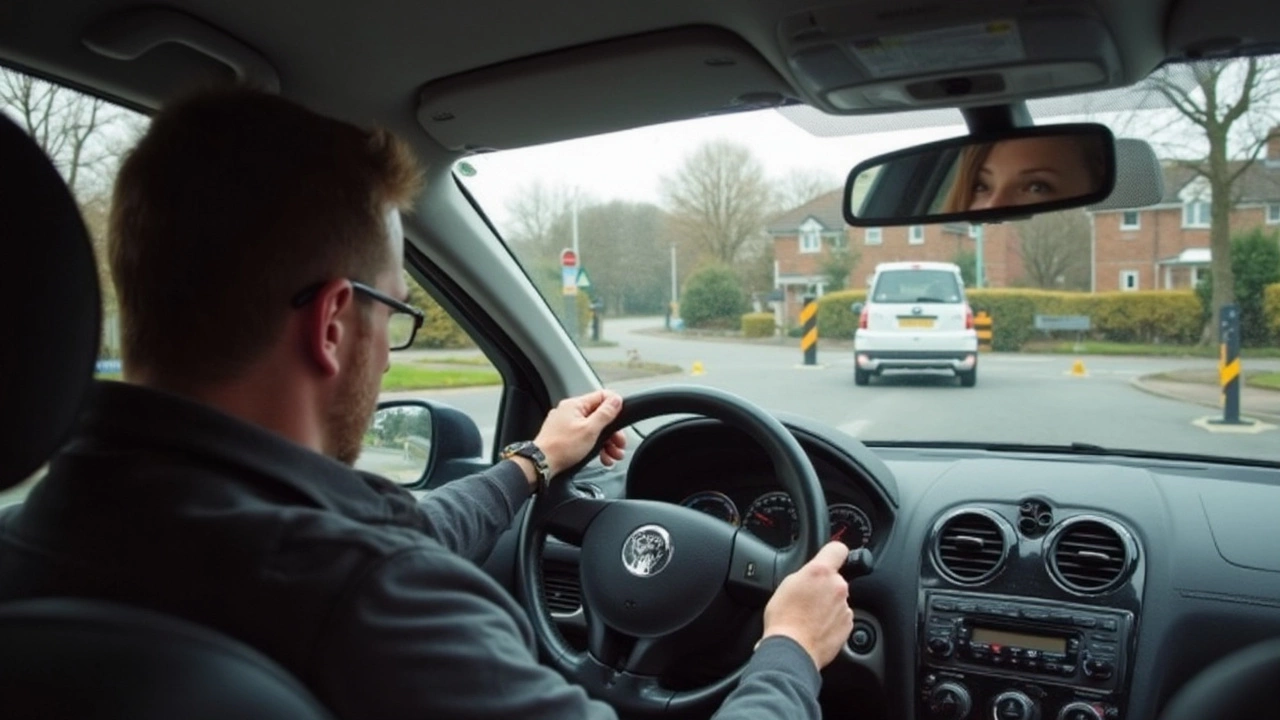Major Faults in Your Driving Test – What They Are and How to Avoid Them
If you’re gearing up for a driving test, the word “major fault” can feel like a red flag. One major fault and the examiner can call it off, meaning you’ll have to start again. Knowing exactly what a major fault looks like and how to dodge it can make the difference between a pass and a miss.
What Counts as a Major Fault?
A major fault is any mistake that shows you’re not safe to drive on the road. It’s more serious than a minor slip‑up because it could cause an accident. Common examples include:
- Failing to stop at a red light or stop sign.
- Ignoring a give‑way or priority rule.
- Driving without proper control, such as hitting a curb or a parked car.
- Not checking mirrors or blind spots before a manoeuvre.
- Driving on the wrong side of the road or on the wrong lane.
The examiner will note each major fault on the test report. Two major faults automatically mean you fail, and a single serious fault can also lead to a fail if it endangers safety.
Tips to Keep Your Test Fault‑Free
Preparation is your best weapon. Start by practising the basics until they become second nature – smooth braking, steady steering, and correct mirror checks. When you’re on the road, treat every junction as a mini‑test: look, signal, and wait for a clear gap before you move.
Use a checklist before each manoeuvre. Ask yourself: “Did I mirror? Did I signal? Do I have a clear view?” This quick mental run‑through can catch a missed step before the examiner spots it.
Don’t try to impress with flashy moves. The examiner wants to see safe, confident control, not stunt driving. Keep your speed reasonable and respect the speed limits. If a road sign seems unclear, slow down and double‑check – it’s better to be cautious than to guess.
During the test, stay calm. Nerves can cause you to forget routine actions. Take a deep breath before each new instruction and focus on one task at a time. If you do make a mistake, acknowledge it calmly and move on. The examiner notices how you recover, and a quick correction can prevent a fault from becoming major.
Finally, get feedback after every practice session. Ask your instructor to point out any habits that could turn into major faults, and work on them specifically. Consistent, focused practice will make the right actions feel automatic on test day.
By understanding what a major fault looks like and applying these practical tips, you’ll boost your chances of a clean test report and get that licence in the bag.
- June 28 2025
- 0 Comments
- Rowan Cavendish
Major Faults in Driving Tests: What You Need to Know to Pass
Unpack what counts as a major fault in driving tests, why it matters, and how to avoid it. Learn facts, real examples, and expert tips for passing.
- Driving Lessons (41)
- HGV Training (31)
- Driving Test Tips (31)
- Driving Test Booking (26)
- Driving Licence Renewal (23)
- Driving Theory Test (21)
- Pass Plus Course (15)
- Driving Tips (15)
- Intensive Driving Course (15)
- Driver Licensing (14)
Categories
- December 2025 (12)
- November 2025 (13)
- October 2025 (21)
- September 2025 (5)
- August 2025 (8)
- July 2025 (30)
- June 2025 (30)
- May 2025 (30)
- April 2025 (31)
- March 2025 (30)
- February 2025 (28)
- January 2025 (34)
Archives
- driving lessons
- driving test
- driving tips
- intensive driving course
- driving test tips
- HGV training
- learn to drive
- driving theory test
- driver training
- driving test booking
- pass driving test
- HGV driving
- road safety
- driving license renewal
- Virginia driving test
- learner drivers
- safe driving
- Virginia driver's license
- driving license
- learning to drive

